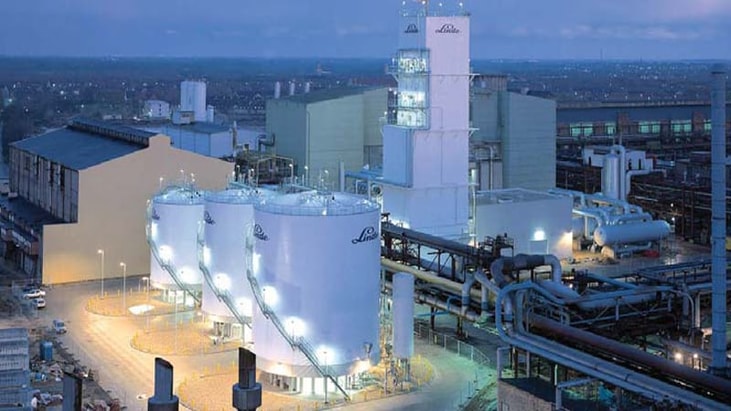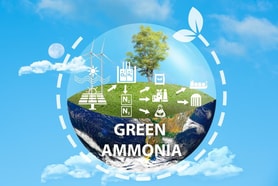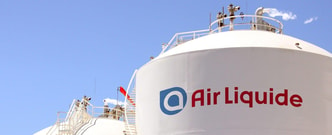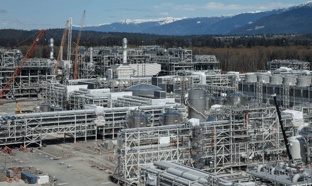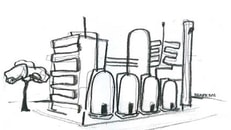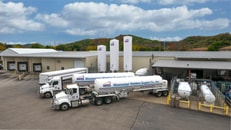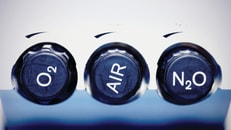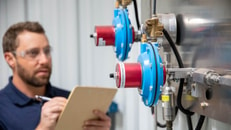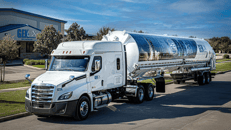Health, Safety, and Environmental Considerations for Air Separation Units
The large quantities of atmospheric gases (oxygen and nitrogen) required in many industrial applications are effectively produced by cryogenic air separation units (ASU). The inputs to an ASU are atmospheric air, electrical power, and water for cooling. The outputs are oxygen (O2), nitrogen (N2), argon (Ar), and rare gases such as xenon, krypton, helium, and neon (Xe, Kr, He, and Ne).
While the production processes are extremely complex, the ASU process is inherently safe and clean as there are no catalysts, chemical reactions, or solvents employed. However, filters, adsorbents, cooling water chemicals, and lube oils are consumed. In this report, we describe the health, safety, and environmental (HSE) considerations for a cryogenic ASU.
Inside the Big Box
In cryogenic air separation, air is separated into its components by distillation. First, air is liquefied by operating at less than its critical point (-221°F and 37.2 atm). Air is then cooled by reducing pressure, and the liquefied air is separated into its components by distillation. Typically, heat exchange between feed and products is maximized for energy efficiency. (See “Cryogenic Air Separation,” by Shahani, CryoGas, December 2011, p. 30 for diagram that depicts the essential features of a double column process that produces both pure nitrogen and oxygen.)
This technology was first demonstrated at a commercial scale in 1902 by Carl von Linde in Munich, Germany. The first ASU yielded only ~0.1 tpd (tons per day), was manually operated, and produced only gaseous oxygen. Today’s largest ASUs are four orders of magnitude (104) bigger, fully automated, and produce multiple products. At a gas-to liquidsfacility in Qatar, multiple train ASUs with eight units each can produce 4,000 tpd of high purity oxygen. (See photo of the Qatar facility on p. 33 and more details on this project on p. 34 in “Re-engineering a Mature Process” by Maura Garvey.)
... to continue reading you must be subscribed

